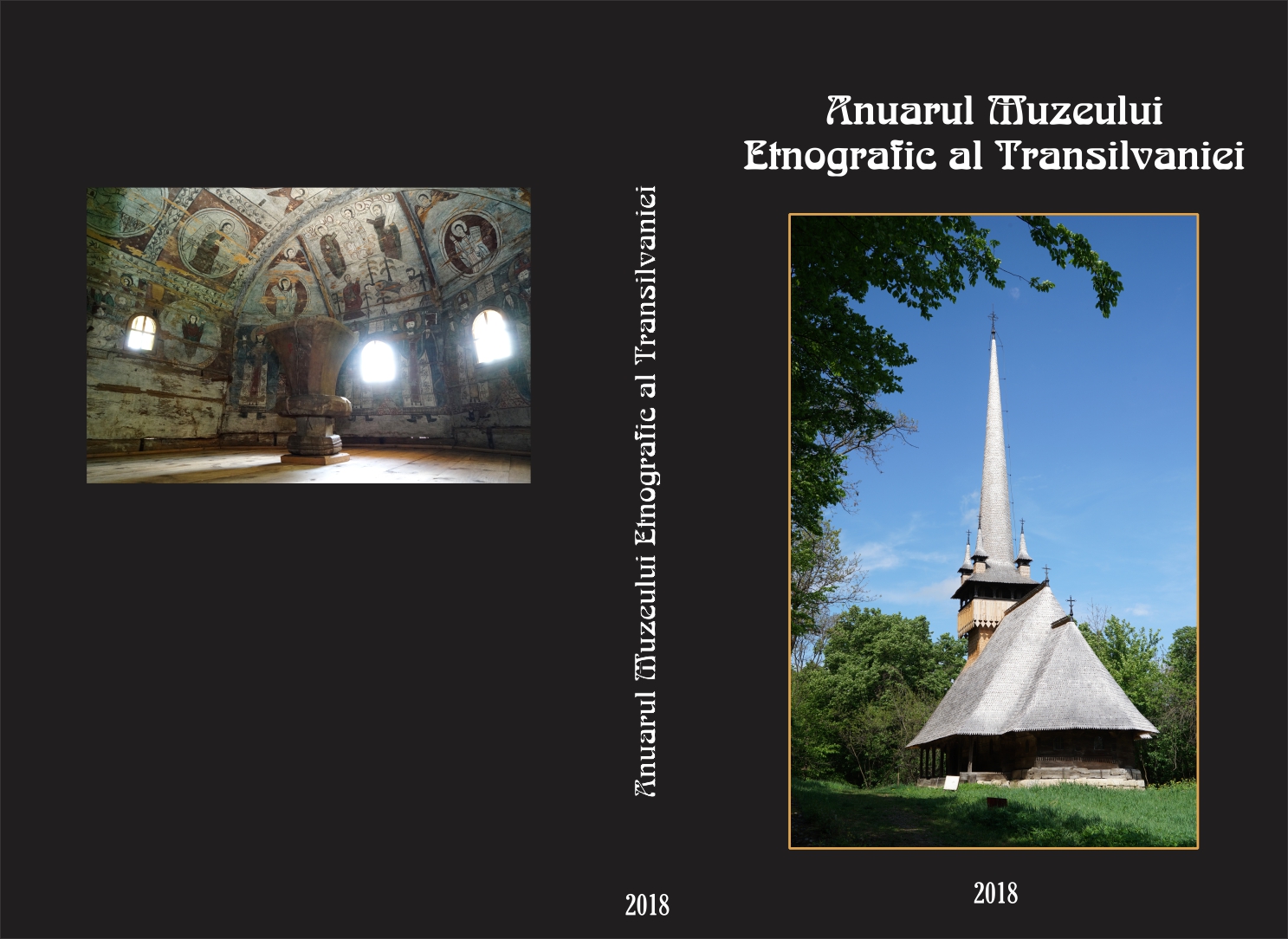Surse de sare și procesul de neolitizare din S-E Transilvaniei
Salt Sources and the Neolitization Process from South-Eastern Transylvania
Author(s): Cornelia-Magda Lazarovici, Gheorghe Lazarovici, Silviu Gridan, Silviu GridanSubject(s): Anthropology, Social Sciences
Published by: MUZEUL ETNOGRAFIC AL TRANSILVANIEI
Keywords: neolithisation; Starčevo-Criş culture; salt; ethno-archeology; sheepfolds;
Summary/Abstract: Archaeological investigations at Rupea in the summer of 2018 showed that in the vicinity of each spring of salt water, from about 50 m to 1,7 km there is an early Neolithic site, belonging to Starčevo – Criş. Analyzing the ceramic materials from a complex and those discovered on the area of the site we found that they belong to the Starčevo-Criş III phase. Chronological and cultural links suggest that these communities are related to the discoveries of Cristian III in the same cultural phase. Based on ethno-archeological research on salt sources, but also in the sheepfolds, their placement against salt springs and salted lands, archaeologists have established direct links between salt sources and neolithisation processes in the Rupea area. Rupea is at the center of communication paths between Moldova, south-eastern Transylvania and western Transylvania in the middle basin of Mureş and the center of Transylvania (the upper part of Mureş's middle basin).
Journal: Anuarul Muzeului Etnografic al Transilvaniei
- Issue Year: 2018
- Issue No: 7
- Page Range: 303-319
- Page Count: 17
- Language: Romanian
- Content File-PDF

